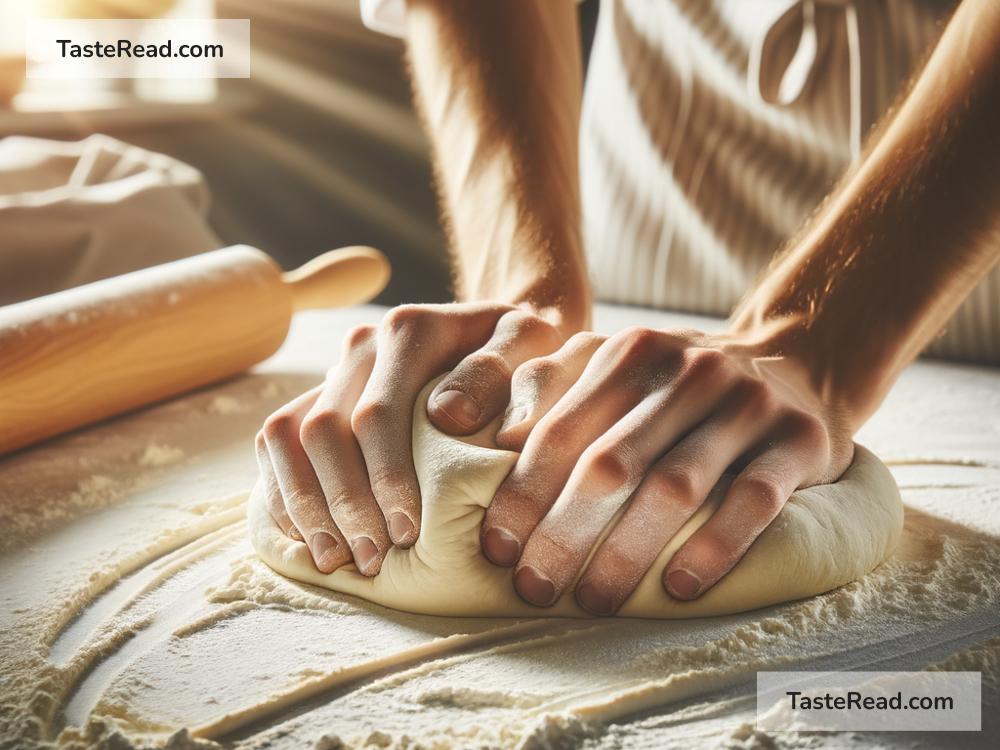Unlocking the Secrets to Perfectly Rested Dough: Your Guide to Optimal Baking Results
Getting your baked goods to come out perfectly every time is something of an art form, and one of the most overlooked, yet crucial, steps in this process is resting your dough. Whether you’re making bread, pizza, cookies, or any other delicious treat, understanding how to properly rest your dough can make all the difference in the world. So, let’s dive into this baking secret and unlock the door to your best baking results yet!
What Does Resting Dough Mean?
First things first: What do we mean when we talk about resting dough? Simply put, resting dough involves letting it sit for a period of time after mixing and before baking. This isn’t just a time-out for your dough; it’s an essential part of the baking process that allows the gluten to relax, the flavors to develop, and, in the case of yeasted doughs, the fermentation process to work its magic.
Why Rest Your Dough?
- Improves Texture: Resting helps relax the gluten in your dough, making it easier to shape and resulting in a tender, airy final product.
- Enhances Flavor: Longer rests can deepen the flavor of your dough, giving you a more complex and rich taste.
- Easier to Work With: Dough that’s rested is less sticky and easier to handle and shape.
- Better Rise: Especially with yeasted doughs, allowing a proper rest can lead to a better rise and a fluffier result.
How to Rest Your Dough: A Step-by-Step Guide
1. Mixing Right:
Start with your recipe. Once your dough is mixed, it’s time to think about resting. Note that different types of dough require different resting techniques.
2. First Rest – The Bulk Fermentation:
For yeasted doughs (like bread), after mixing, you usually let the dough undergo a “bulk fermentation” period. This is where you let it rest in a large, covered bowl. The time varies from recipe to recipe, but it’s usually anywhere from 1 to 4 hours at room temperature. The dough should roughly double in size.
3. Shaping and Secondary Rest:
After the bulk fermentation, you’ll shape your dough. This can be forming loaves, braiding, or shaping into balls for rolls. After shaping, most doughs benefit from a secondary rest or “proof”. This can last from 30 minutes to several hours, depending on your recipe. This is crucial for a final rise before baking.
4. Resting Dough That Doesn’t Contain Yeast:
For non-yeasted doughs (like cookie dough or pie crust), the rest time is usually shorter. After mixing, chill the dough in the refrigerator. This relaxes the gluten, making it easier to roll out and also solidifies the fat, which helps achieve flakiness in the final product. A good rule of thumb is at least 30 minutes, but longer can be even better.
5. Temperature Matters:
The temperature of your kitchen can affect resting times. A warmer environment speeds up fermentation in yeasted doughs, while cooler temperatures slow it down. For non-yeasted doughs, make sure they are chilled enough so the fat becomes firm again.
6. Patience Pays Off:
It might be tempting to rush the resting process, but giving your dough the time it needs will pay off in the quality of your baked goods. Use these rest periods as an opportunity to prep other parts of your recipe or clean up.
When You Know Your Dough Is Ready:
- Bulk Fermentation: Your dough should be roughly double in size and look a bit puffy.
- Proofing: The dough should again rise, though how much will depend on the specific recipe. A gentle poke with a finger should leave an indent that slowly fills back in.
- Chilling Non-Yeasted Doughs: The dough should be firm to the touch and not sticky.
To Wrap It Up:
Resting your dough is a simple, yet effective way to significantly improve the texture, flavor, and overall quality of your baking. Each dough has its own needs in terms of how long and how to rest, but with a little practice, you’ll soon get a feel for what works best. So, the next time you’re in the kitchen, remember to give your dough the break it deserves. Happy baking!


